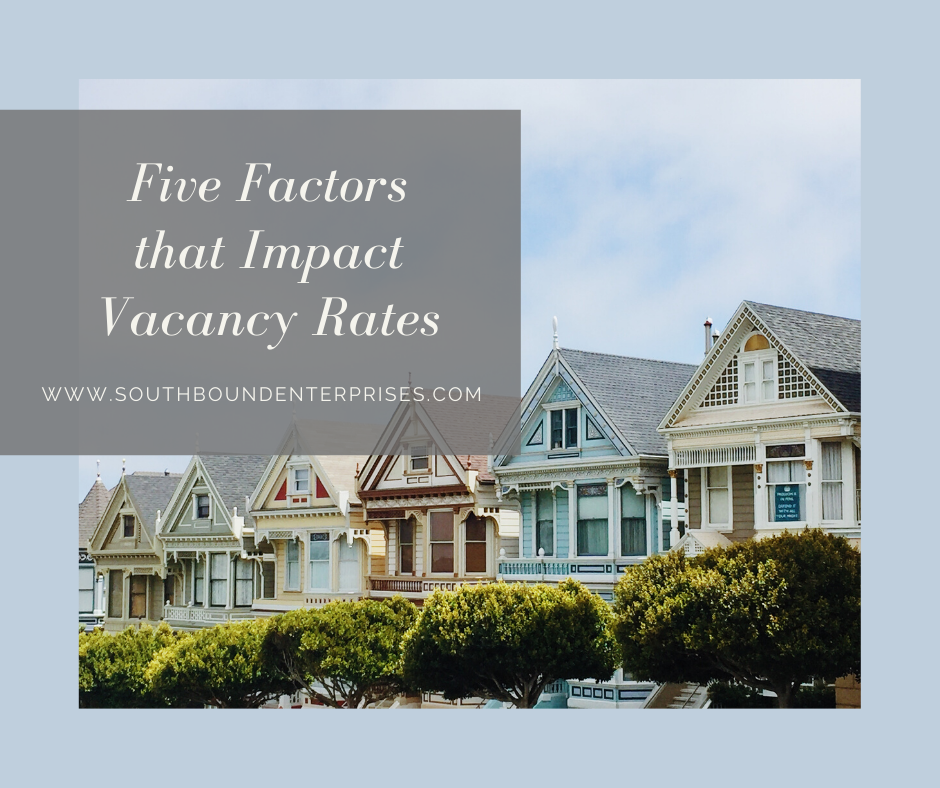|
Vacancy is a crucial factor in buying and selling commercial properties. When researching a property, determining the vacancy rate for the property in its primary marketplace can help determine the price point of the listing. Below are five factors that impact vacancy rates in commercial properties. The national economy has a large impact on vacancy rates. As an example, a fall in unemployment may lead to more people in the marketplace buying goods, which leads to an uptick in retail sales, and then an increase in the manufacture of those goods. A rise in unemployment would have the opposite effect. If financing rates drop, investors are more likely to build competing space. Likewise, if the cost to build commercial space increases, the return on investment for the new space decreases and leads to less investors building. A decrease in the rate of growth space makes for less supply on the market, which ups the demand and reduces vacancy rates. The local economy can affect the business cycle in positive or negative ways. This can either lead to new business start-ups and expansions, or to businesses closing and downsizing. If a major employer in an area shuts down, higher vacancy rates may be expected because the suppliers of the major employer have a reduced need for space. Alternatively, quick growth in a market area could cause a major increase in the rental rates as demand for space and supply available decreases. Overall, it can be noted that vacancy rates often follow market cycles. Throughout the country, there are movements that pressure zoning boards to restrict or limit the construction of new commercial properties. When this is an issue in an area, the demand for existing spaces goes up, as does the rental rates. In turn, the vacancy rates will decrease. Overbuilding can lead to higher vacancy rates. Investors may believe there is a shortage of a particular type of commercial spaces and build more in order to fill that gap. The construction of new commercial spaces, however, can hurt the lease of existing space. Even an increase in supply when the demand is holding steady can reduce the rental rates of a space and therefore increase vacancies.
1 Comment
|
WelcomeHello and welcome to the Southbound Enterprises Blog! Find out more about us and what we do here. Archives
July 2022
Categories |

